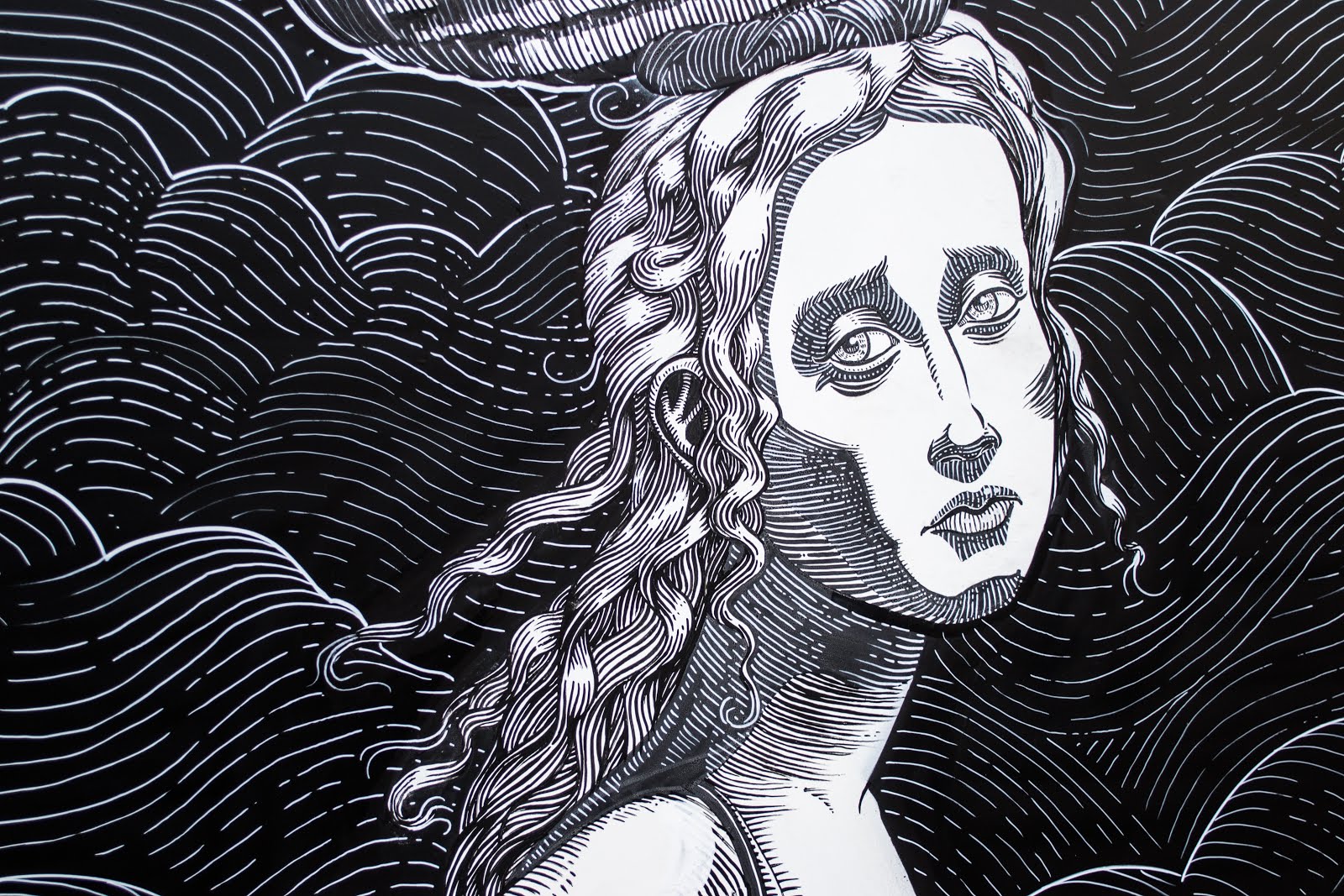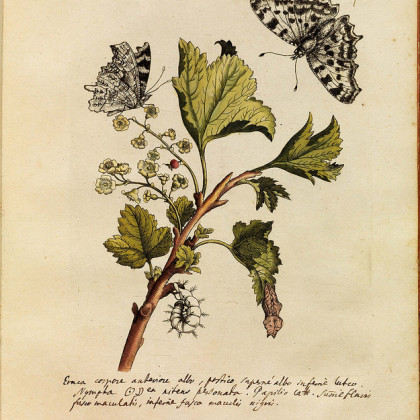

The right panel of this box is shaded vertically. With a practiced eye, you can do this by instinct, or, as you see in the example, you can draw subtle guidelines back to the vanishing point first. In the second example, the direction of shading follows the perspective correctly, with the angle changing gradually so that it is always along an orthogonal (vanishing line). Beside it is a panel shaded horizontally: again the shading fights against the perspective and flattens the drawing. A common mistake that beginners make is to begin shading along one edge of an object in perspective and to continue that direction all the way down so that by the time they reach the bottom, the direction of shading is working against the perspective, as in the panel at top left. If you are doing a quick sketch or roughly shading an area, the direction of the pencil marks can be very obvious, and even a quite dense shading can still reveal directional marks. This material is NOT open source or public domain. If you see this content elsewhere, they are in breach of copyright law. This article is copyright of Helen South. Try shading with hard and soft pencils, too. Using a sharp point to shade allows you more control, you can do much finer work, and get a greater range of tone out of the pencil.Įxperiment with both to see how they look on your paper. The difference doesn't show up clearly in the scan, but you can see that the side shading has a grainier, softer look and covers a large area quickly (a chisel-point pencil will also give this effect). The example at left is shaded with the point, at right, with the side. To begin with, decide whether you want to use the point or side of the pencil to shade with. The following pages offer a few tips to get you started.


Anthony Gormley drawings used to highlight climate.The first step to successful pencil shading is to control the movement of your pencil, making sure that every mark you make on the paper works towards creating the shading or modeling effect that you want.The solidity we perceive in front of a Henry Moore drawing also means that we 'trust' that these forms are 'authentic', the lines that trace their mass telling us that these images have weight and therefore a certain 'gravity'. Touch is more 'honest', we believe in it, therefore by working in a way that brings us back to an awareness of touch, we can build a feeling of 'truth' into the image. It is the first language and the last, and it always tells the truth.”Ītwood points to a key element of meaning, authenticity is vital to our awareness. It has therefore been argued that touch comes before sight in our world of organised perceptions.Īs Margaret Atwood wrote: “Touch comes before sight, before speech. You are drawing as if you are feeling over a surface and it is well known that children need to feel objects in order to begin to picture what they might be, touch reinforcing what is seen. Perhaps the most important issue about cross contour drawing is that it brings together sight and touch. In some ways the disorientation you feel in front of her 'Op-art" paintings is a very physical one, that derives from our brain's search for a solid on which to pin the illusion. The 'stone' texture is suggested by the use of a grey wash, this also being used to describe the play of light over the mass, however in this case the contour lines are still clearly seen, as the wax rejects the wash and the lines stand out in white.Īlthough always spoken about as if being entirely about 'optical' effect, Riley's early work, I would suggest, relies upon a strong awareness of the relationship between touch and sight. Of direction of surfaces suggested by the contour lines as they make their way Of contours, the heavy mass of stone being suggested by crayon and the changing Studies for sculptural groups of figures are particularly sensitive to the use This time combined with wax resist and ink lines that trace over the form. Again we see the use of cross contour lines, To ‘escape’ from the dark and travel over surfaces. Masses lines together to create dark holes and then allows cross contour lines This case Moore is allowing the lines he makes to do two things at once. In the etched drawing of anĮlephant skull above, you can see how his lines trace over the surface of theīone and in doing so pull your vision in and out of areas of light and dark.

Sensitive to their use in a variety of ways. Henry Moore used cross contours throughout his life and was very


 0 kommentar(er)
0 kommentar(er)
